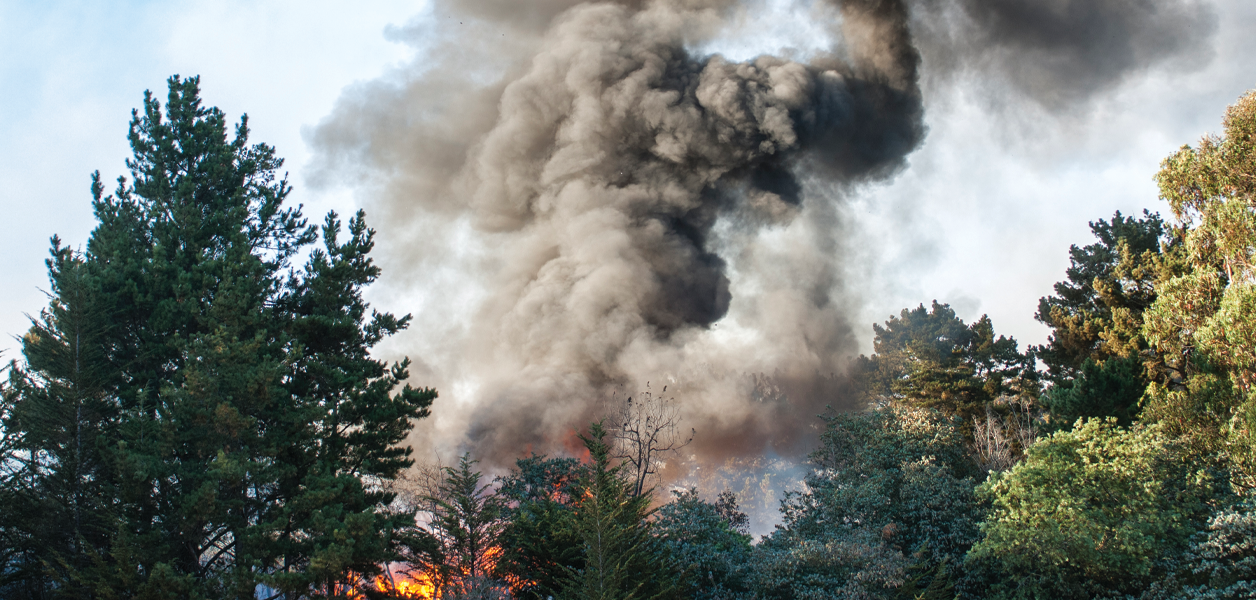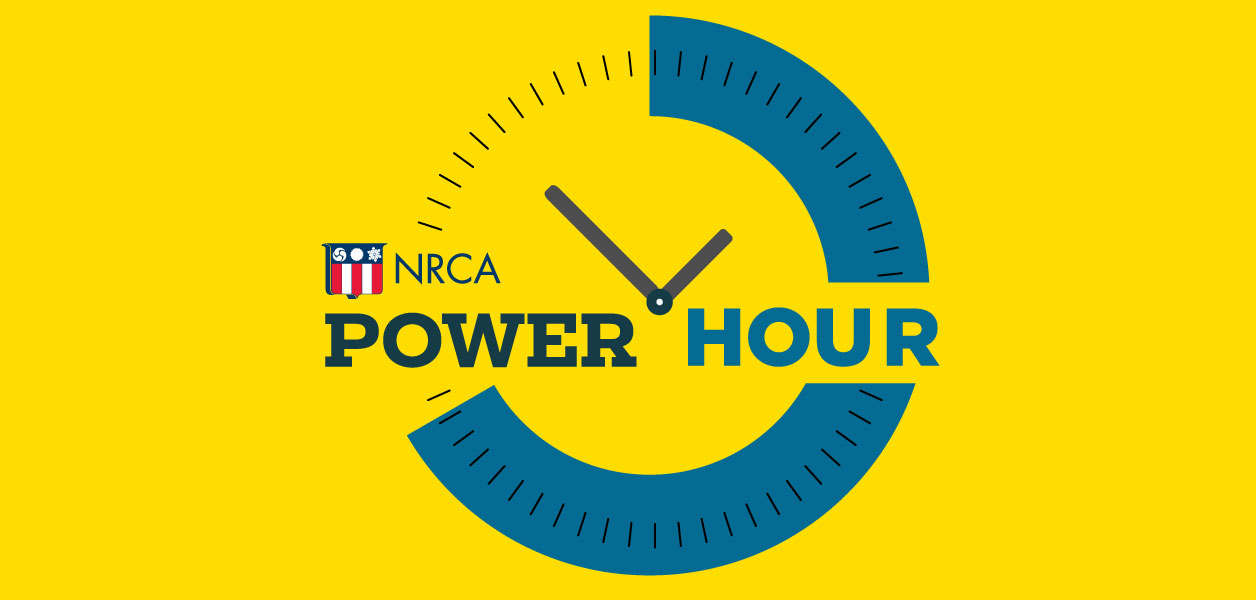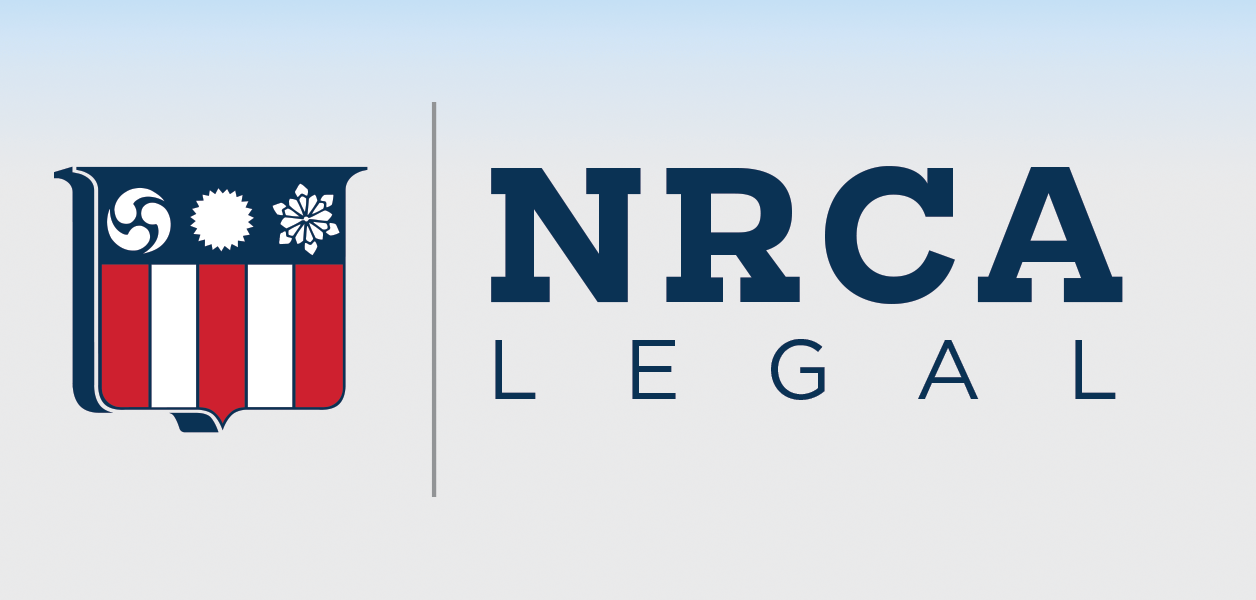AccuWeather predicts high temperatures and wildfires will continue into fall, increasing risks for workers, according to Safety+Health magazine.
The “second summer” reportedly will affect most of the U.S. “as the transition from summery to fall-like weather takes place slower and much later than usual.” Through October and November, temperatures up to 3 degrees or more above historical averages could occur in parts of the Northeast, Midwest and Rockies.
The Occupational Safety and Health Administration and CPWR—The Center for Construction Research and Training offer the following tips to help keep workers safe in the heat.
- Tailor heat-related illness prevention plans to the job site’s specific circumstances.
- Educate workers regarding differences between the symptoms of heat exhaustion and heatstroke and how to treat them.
- Ensure workers are properly hydrated, drinking 8 ounces of water three to four times per hour. If work lasts longer than two hours, provide sports drinks or other beverages with electrolytes.
- Provide workers with shaded areas where they can rest.
AccuWeather is expecting wildfire activity to increase in September, predicting 40,000 to 50,000 fires nationwide, which could burn 6 million to 8 million acres. In 2023, wildfires in California burned about 1 million acres.
For workers exposed to wildfire smoke, the Washington State Department of Labor & Industries offers the following recommendations.
- Move work inside when possible.
- Provide portable HEPA filters in enclosed areas.
- Reschedule work at a time with less smoke.
- Avoid or reduce work that creates additional dust, fumes or smoke.
- Relocate work to places with lower smoke levels.
- Provide additional rest times.
Check out NRCA’s Heat Illness Prevention webpage for additional information and resources.





